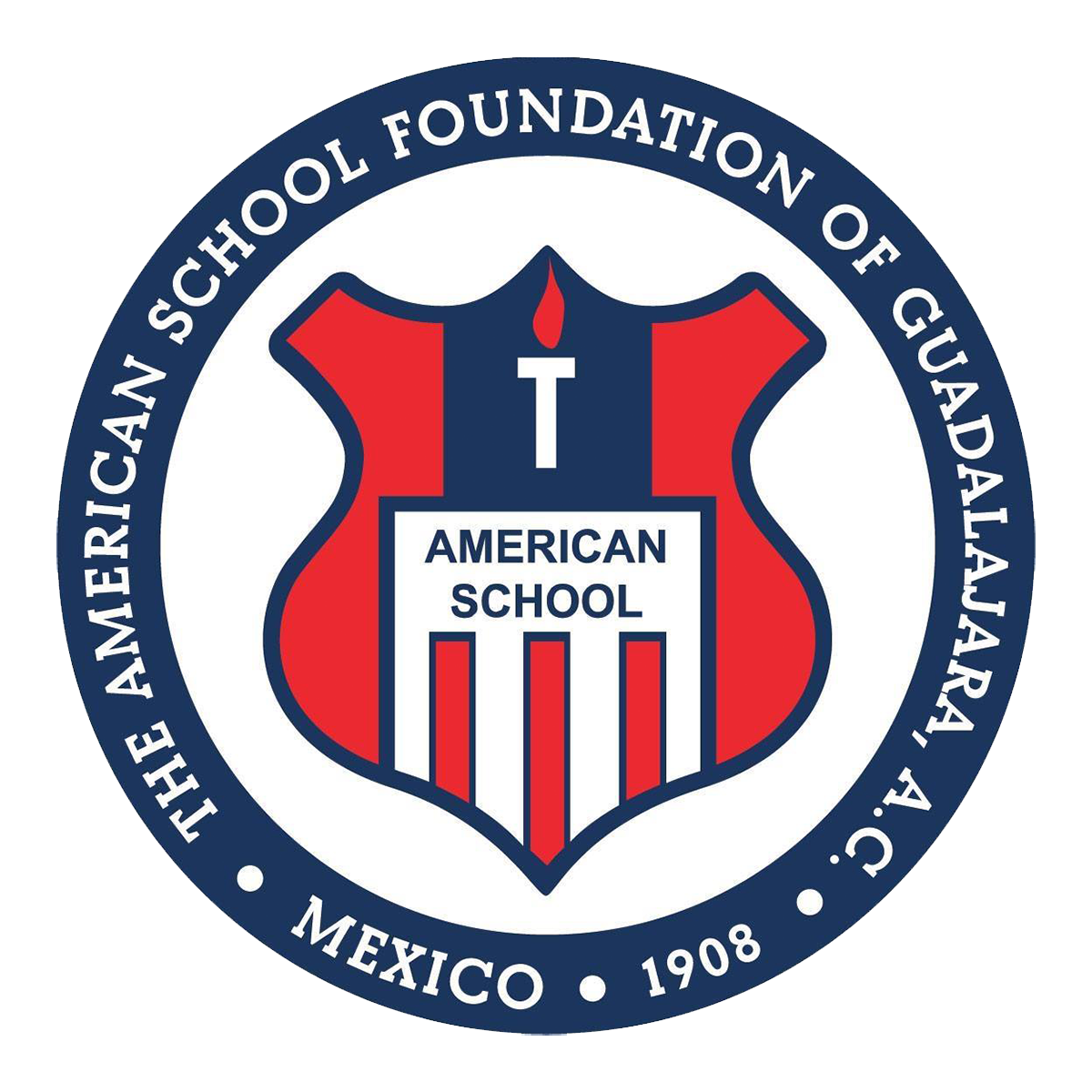Sports Facilities Investments and Heat Mitigation
We are happy to share important investments in the sports facilities and outdoor heat mitigation protocols we began implementing on April 28. These improvements are the culmination of meticulous research and planning by Alejandro Garza and his coordinators, our campus projects team, and our buildings and grounds committee. These spaces will be used by students enrolled in our co-curricular sports program as well as all students during their recesses and P.E. classes.
Soccer Field
We are on schedule with our plans to replace the soccer field this summer that we communicated through the 25-26 Fee Manual (p. 2 English and Spanish versions). The field will have new 5 cm synthetic grass with green granular infill rather than the shredded black rubber we currently have. This green infill is made with SBR rubber granules that are encapsulated with a layer of green-pigmented polyurethane resin. This encapsulation process not only provides the desired color but also traps the microparticles generated by shredding, improves UV resistance, reduces the odors typically associated with rubber, and reduces the black powder that accumulates on players legs. Furthermore, using lighter-colored rubber can reduce surface temperature 15°C as compared to untreated black rubber.
Mini Playing Field
Also over the summer, we will install artificial turf on the new mini field located on the west side of the upper school building. Phase I of this project was completed on Feb 20 and is already in use by upper school students during recess and some after school activities. Phase I consisted of clearing the land, laying a concrete slab, installing the rainwater drainage system, protective fencing, and lighting. In Phase II, to be completed over the summer, we will install the same artificial turf as the larger field. In an effort to test the performance of two types of fillers, we will install the same green infill as the larger field on part of this field and granular cork on another part.
Recreation Area Behind the Upper School Building
We have researched, designed and are ready to execute a project to provide more recreation area behind the upper school building adjacent to Calle Colomitos. This area will have a small volleyball/racquet court, a free-throw basketball court and two areas to eat lunch outdoors. Access to this area will be from the ground floor of the upper school cafeteria side B (west side).
New Volleyball Court
You may have noticed the two new outdoor basketball surfaces by the Guamuchil tree that opened the day we returned from spring break. We will replace the outdoor volleyball court as well with a special 7 mm shock-absorbing surface. At the latest, this new court will be finished over the summer ready for the new school year.
Heat Mitigating Strategies from the Sports Department
Our sports coordinators and coaches have been in communication with their teams about heat mitigating strategies; we summarize our work and your support:
Moderating the intensity level of exercise depending on the heat
Frequent cold water breaks in the shade, typically every 15 minutes
Towels soaked in ice water for use during breaks
When possible, scheduling outdoor games after 5:00 p.m.
Scheduling conditioning activities in shaded spaces and the pool
Checking for symptoms of heat exhaustion
Readiness to extend breaks or suspend activities if needed
Parent Support:
Speak to your child about adequate hydration before practice
Assure adequate hydration after practice and replenish electrolytes
Provide a one-liter or larger reusable water bottle and towel
SPF 30 or higher sports sunscreen
Consider use of long sleeve jerseys and baseball caps for extra sun protection
As you can see, our projects team and buildings and grounds committee works tirelessly to research, conduct feasibility studies, design, budget and execute improvements to our campus facilities. As creative and innovative as our projects are, we also identify limitations. Two of particular relevance are the use of natural grass and covering the large playing field. Natural grass is not a viable option due to the high use. Historically, when we had natural grass, the field became dusty and almost entirely grassless just weeks after school began. Similarly, covering the field with a permanent shade structure is untenable due to the length and width of the area
We are happy to share these campus developments and very confident that our strategies and collaboration with parents will provide the space and conditions for our co-curricular sports program and the children enrolled in them to flourish. In a future newsletter, we will outline additional summer projects planned for our indoor learning spaces. For questions or comments about the use of our sports facilities, please contact pesports@asfg.edu.mx and for technical questions about these facilities, contact projects@asfg.edu.mx.

